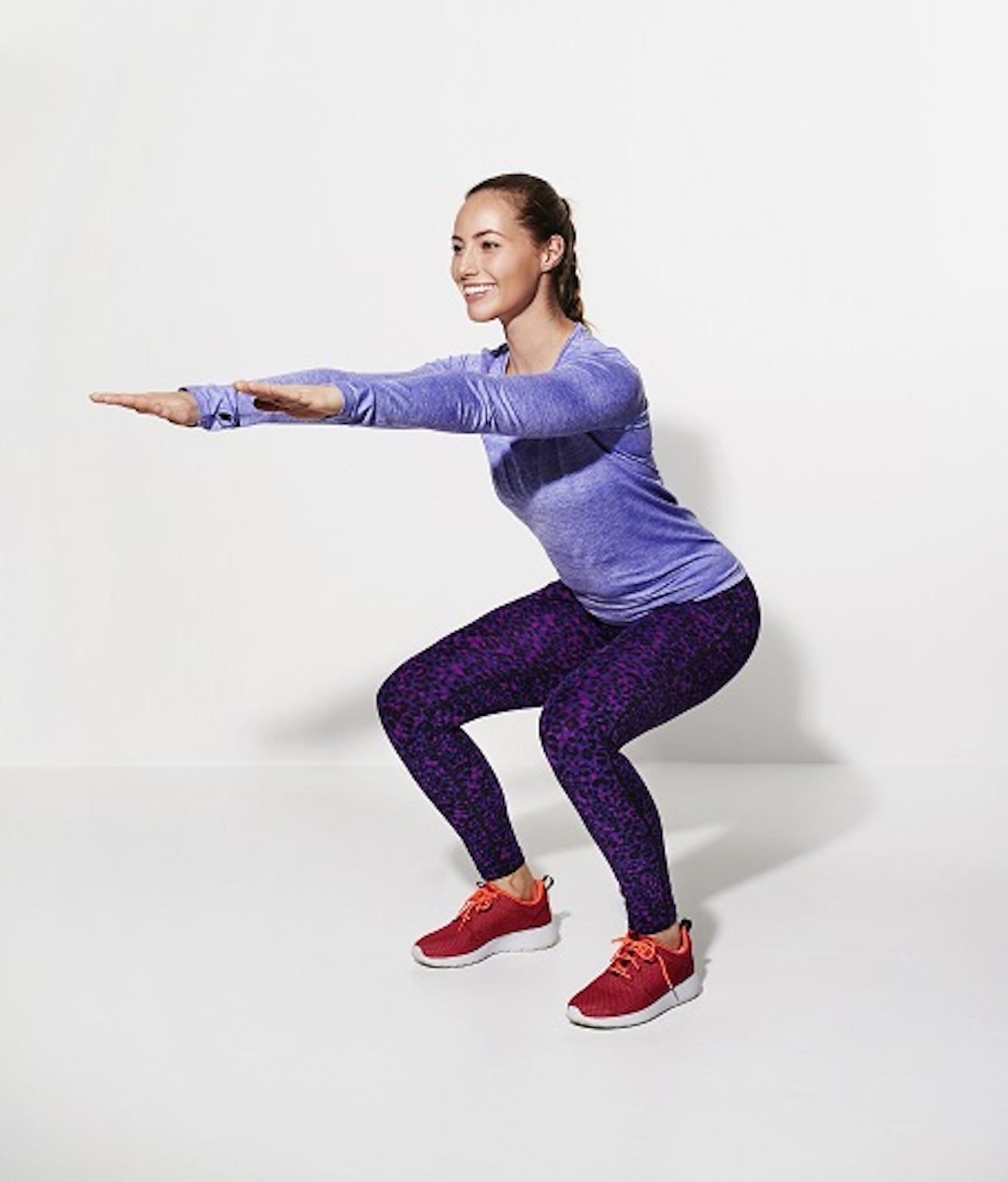
Unfortunately as we age, due to childbirth and menopause our vaginal tissue can become overstretched, causing the collagen to become damaged, and the vagina to feel loose. Many woman who experience this loss of tightness find that it can cause
Stress Urinary Incontinence, meaning that their bladder leaks when they cough, sneeze or laugh. However, there are lots of different options for women when it comes to treating this. So we cover off the best treatments and exercises for vaginal tightening.
Kegel Exercises
Kegel exercises, also known as pelvic floor exercises, work to strengthen the pelvic floor muscles that support the uterus, bladder, small intestine and rectum. Kegel exercises are very discrete, you can do them any time of the day, at your desk, on the train, and no one will know you’re doing them. The first step to Kegel exercises, is to identify your pelvic floor muscles, to do this you must stop urination midstream. Once you have identified them, you are not advised to carry on stopping your urination midstream when performing your Kegel exercises as it can lead to an incomplete emptying of the bladder. To strengthen your pelvic floor muscles make sure you’re sitting comfortably and squeeze the muscles 10-15 times in a row. Try holding each squeeze for 5 seconds. Every week you can add more squeezes but ensure you do not overdo it and always take rests in between sets. After a couple of months you should begin to notice the difference in the strength of your muscles.
 Kegel Weights
Kegel Weights
Kegel weights are small weighted balls that help to strengthen women’s vaginal muscles. Many women use Kegel weights as the next step after performing Kegel exercises, as a way to strengthen the muscles further. There are different exercises you can do whilst the Kegel weights are inserted in your vagina. The first is a sitting exercise, try and move the weights back and forth in your vagina by squeezing your muscles. If you are unable to do this at first, simply focus on squeezing the balls with your muscles and holding for a few seconds. Next is the standing exercise, stand with your legs hips width apart and contract your muscles to hold the weights inside your vagina. Next try the squatting exercise, combining both the sitting and standing exercise, stand with your legs hip width apart and squat downwards, using your muscles to keep the Kegel weights in place and move them back and forth. Once you feel comfortable and think your muscles are strong enough you can incorporate your Kegel weights into your everyday activities. This can include activities such as cleaning or going for a walk, using your muscles to keep the weights in.
FemiLift Laser Treatment
Unfortunately, Kegel exercises aren’t always enough for some women, and although they help to strengthen the muscles, they still find themselves suffering with vaginal laxity and Stress Urinary Incontinence. However, the
FemiLift is a minimally invasive non-surgical laser treatment that uses a uniquely designed laser probe which is inserted into the vagina by a trained Gynaecologist. It works to stimulate the production of new collagen, restoring the strength and elasticity of the vaginal tissue. This can help with a multitude of different feminine complaints including, vaginal tightening, Stress Urinary Incontinence and vaginal dryness.
Surgical Solutions
Vaginoplasty and Labiaplasty are surgical solutions for tightening your vagina if it has lost laxity from childbirth and ageing. The procedure involves removing excess or damaged lining from the vaginal canal, in order to help strengthen the muscles. The procedure can be used for both reconstructive and cosmetic surgery. The downside of Vaginoplasty is that the full recovery time can take up to 6 weeks, and you are usually recommended to take 1 week off work following the procedure.
To find out more about FemiLift, the vaginal laser treatment we offer at EF MEDISPA, call us on 0203 135 0246 or
book a complimentary consultation here.

 Unfortunately as we age, due to childbirth and menopause our vaginal tissue can become overstretched, causing the collagen to become damaged, and the vagina to feel loose. Many woman who experience this loss of tightness find that it can cause Stress Urinary Incontinence, meaning that their bladder leaks when they cough, sneeze or laugh. However, there are lots of different options for women when it comes to treating this. So we cover off the best treatments and exercises for vaginal tightening.
Unfortunately as we age, due to childbirth and menopause our vaginal tissue can become overstretched, causing the collagen to become damaged, and the vagina to feel loose. Many woman who experience this loss of tightness find that it can cause Stress Urinary Incontinence, meaning that their bladder leaks when they cough, sneeze or laugh. However, there are lots of different options for women when it comes to treating this. So we cover off the best treatments and exercises for vaginal tightening.



